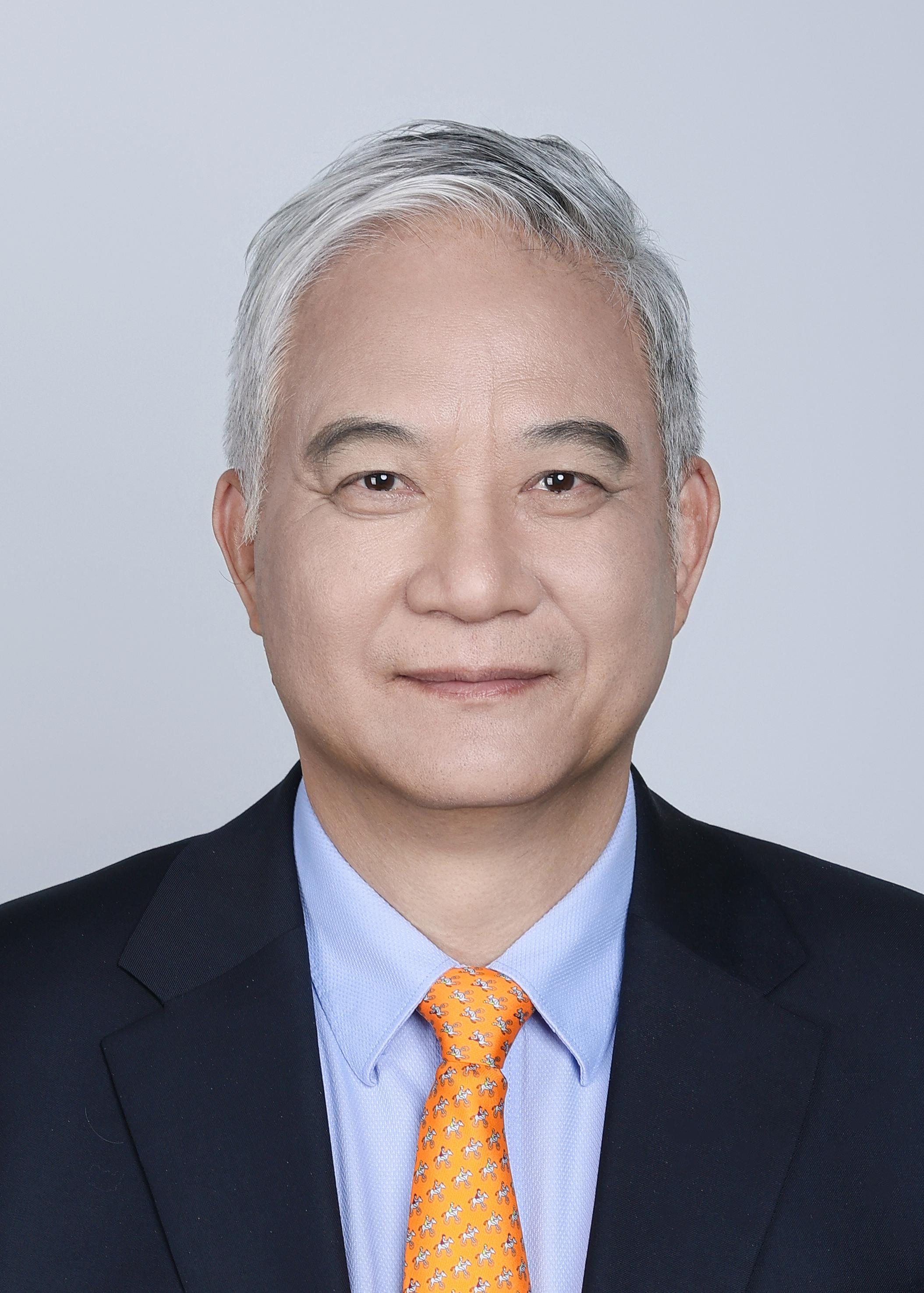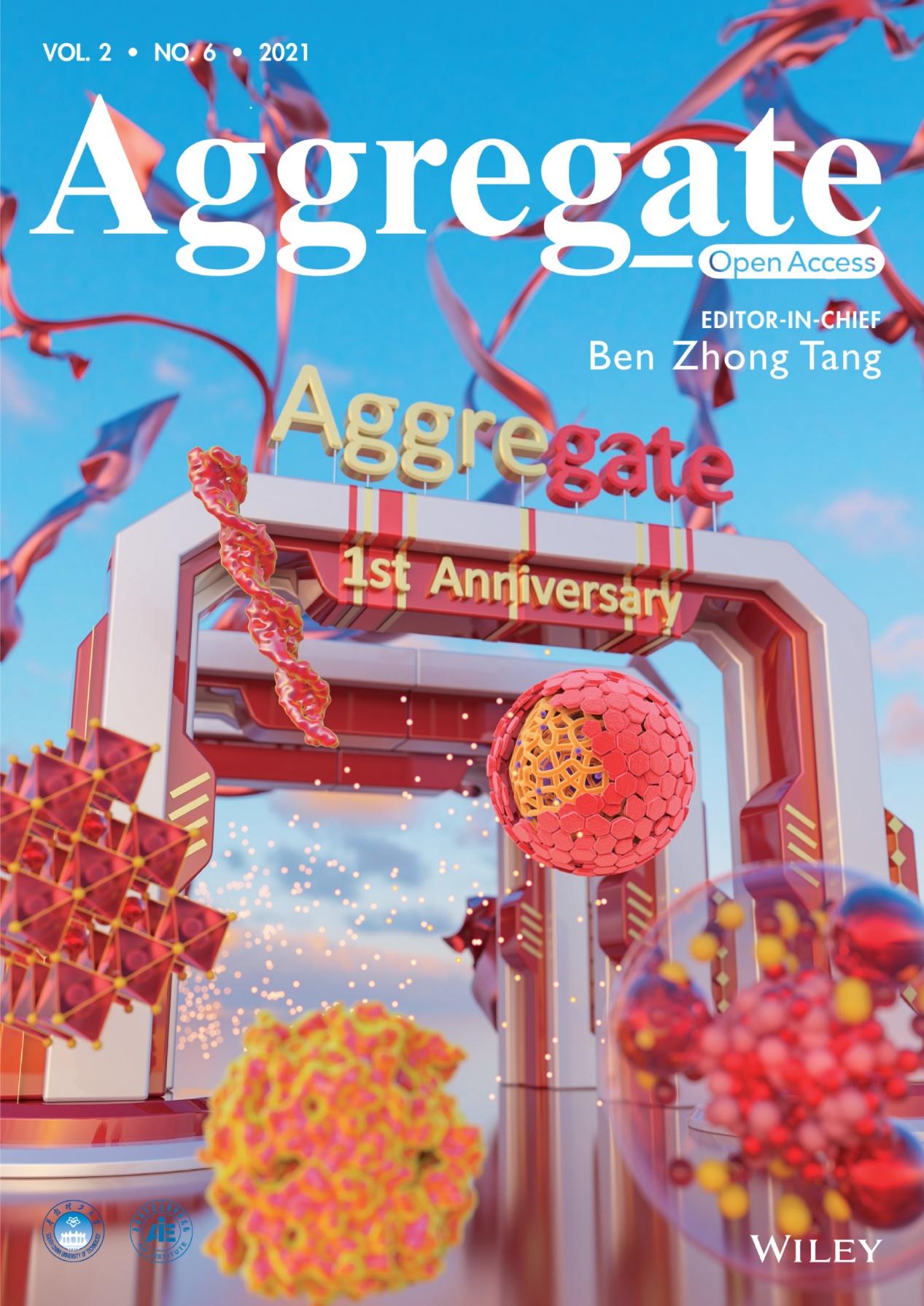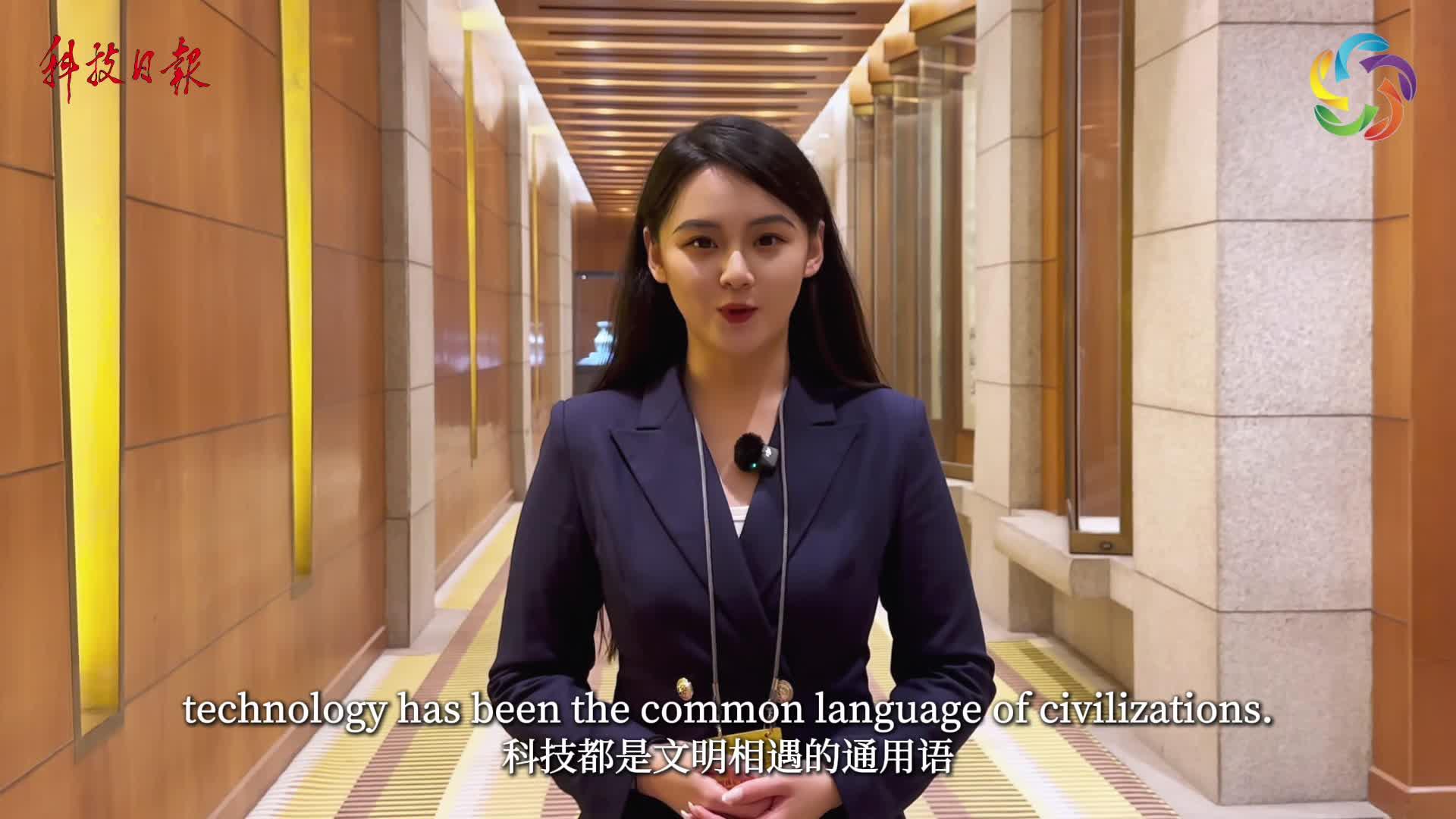Aggregate: Platform for Scientific Research Beyond Molecules

Ancient Chinese philosopher Laozi once said, "From Tao there comes one. From one there comes two. From two there comes three. From three there comes the universe." Marxist philosophy emphasizes that quantitative changes lead to qualitative ones. These philosophies reveal that there can be significant differences between the parts and the whole. Similarly, in the realm of materials science, molecules and their aggregates can have distinct structures and properties.
Calling for paradigm shift from molecular science to aggregate science
For a long time, scientific research was influenced by the reductionism conjecture, assuming that every macrosystem (e.g., a substance), no matter how complex it is, is reducible to simpler microelements (e.g., molecules). However, this approach is difficult, if not impossible, to explain the emergent structures and properties of the systems that arise from the aggregation of their individual components.
In contrast, aggregate science adopts a holistic approach, treating the aggregate as an interactive whole. The new knowledge generated from the study of aggregate science will drive scientific progress and technological development to a new height.
Bridging the microscience-macroscience gap

Aggregate is dedicated to cutting-edge fundamental and applied research in aggregate science. In 2020, led by our team and in collaboration with the South China University of Technology, the AIE Institute, and the renowned international publisher Wiley, Aggregate was launched to encourage interdisciplinary collaboration and to bridge the gap between micro- and macro-sciences.
Aggregation is a ubiquitous phenomenon across disciplines. While the journal primarily focuses on chemistry and materials science, it also covers life sciences, physics, engineering, energy, and so on. Aggregate emphasizes aggregation processes, organization and interactions at the aggregate level, and emergent properties of the aggregate system. This makes Aggregate unique and attractive, serving as an academic platform for sharing new discoveries and breakthroughs in aggregate science.
Gaining recognition in the academic community
Aggregate has established a rigorous peer-review procedure to ensure a fair and efficient evaluation and publication process. To meet the needs of multidisciplinary manuscript evaluation, we organized an editorial team of 10 associate editors — outstanding young scientists from China, the U.S., U.K., Canada and Australia — with expertise in chemistry, materials science, biology and physics. The editorial office monitors the review process, achieving an average first-round review time of five days in 2024 and an average submission-to-acceptance time shorter than two months.
Aggregate has so far received submissions from renowned scientists in 45 countries and regions, including Nobel laureates in chemistry. The numbers of submitted manuscripts and published articles, and citations have shown healthy growth. It has been indexed in major databases such as Web of Science (ESCI), CAS, EI and ProQuest. With a latest impact factor of 13.7 and a CiteScore of 18.3, Aggregate has consistently ranked in the Q1 category for "Chemistry, Multidisciplinary," "Chemistry, Physical," and "Materials Science, Multidisciplinary" in the Journal Citation Reports from 2021 to 2024.
Nurturing young scientific talents
To build an influential research journal with academic impact, we must not only focus on the present but also look to the future. We have thus devoted much effort to promoting outstanding research accomplishments by young scientists.
We have expanded our young editorial board, organized special issues for emerging young scientists, and launched the "Gathering Talents" interview series for the rising stars. Through these initiatives, we aim to empower young researchers, foster early collaborations, and position Aggregate as a platform where emerging scientists take pride in publishing.
This year marks Aggregate's fifth anniversary. Over the past five years, the journal has remained steadfast in its commitment to publishing high-quality research achievements. Looking ahead, we invite aspiring young researchers to join us in strengthening Aggregate and the field of aggregate science.
The article is written by Ben Zhong Tang. He is the editor-in-chief of Aggregate and dean of the School of Science and Engineering of the Chinese University of Hong Kong, Shenzhen.
●Journal Review
Aggregate is a distinctive and dynamic emerging journal dedicated to the cutting-edge interdisciplinary field of aggregate research. Since its inception, the journal has adhered to a multidisciplinary and comprehensive orientation, rigorous academic standards, and an efficient peer-review process, quickly garnering widespread attention from researchers in chemistry, materials science, biology and related fields.
I am delighted to witness the healthy growth of Aggregate over its first five years. The innovative research it has published and the special issues it has organized fully demonstrate the journal's professionalism and leadership. Notably, from the very beginning, Aggregate has placed a strong emphasis on nurturing young scholars. Through initiatives such as forming a youth editorial board, launching special issues for rising stars, organizing postgraduate student forums, establishing the "Aggregate Science Rising Star Award," and creating the "Gathering Talents" column for young scientists, the journal has supported the growth and development of early-career researchers.
With the collective efforts of the editorial team and the scholars in the field, I am confident that Aggregate will become a benchmark in advancing aggregate science.
—— Fang Yu, academician of the Chinese Academy of Sciences, and professor at the Shaanxi Normal University.







